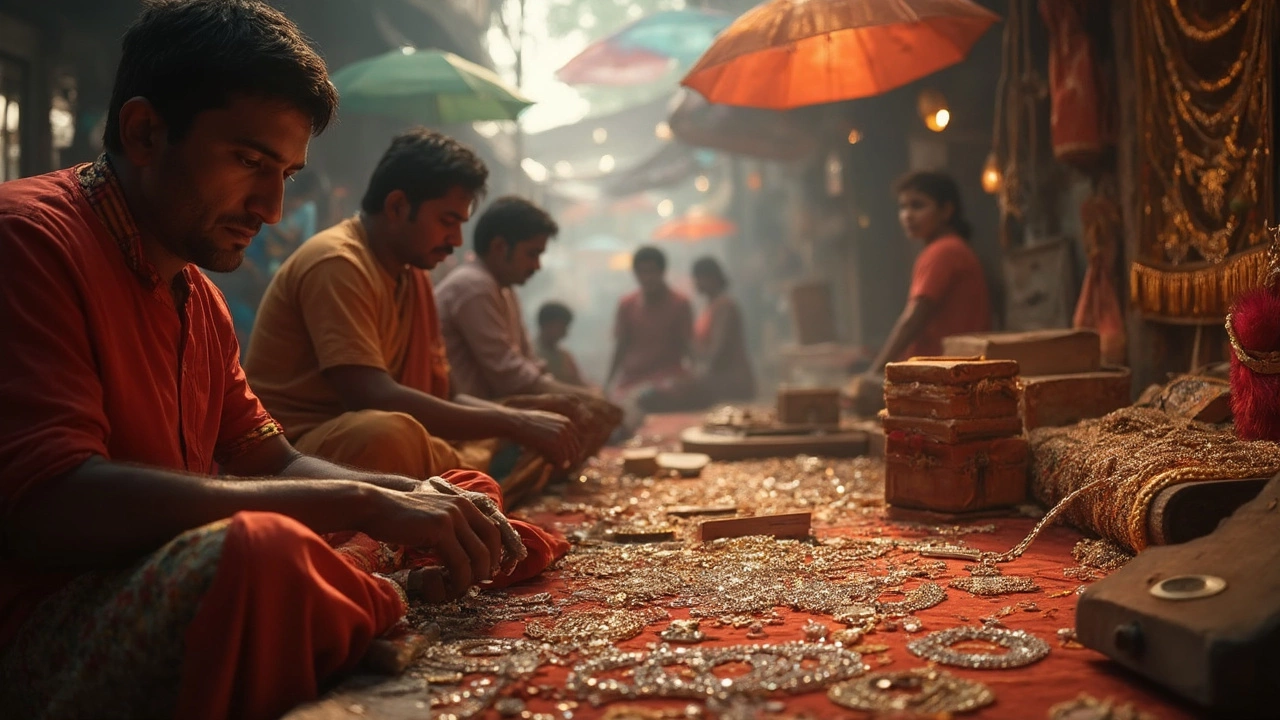Buying Diamonds: A Practical Guide for Smart Shoppers
When you start Buying Diamonds, you’re stepping into a market where sparkle meets investment. Also known as purchasing diamonds, this process blends fashion taste, budget limits and quality checks. Understanding the basics helps you avoid overpaying and walk away with a stone you truly love. Buying diamonds isn’t just a transaction; it’s a learning journey that starts with the right information.
One of the first things to grasp is Diamond Price, the cost per carat that shifts with market demand, clarity, cut and origin. Prices in India often differ from those in the USA because of import duties, local labor costs and the strength of the rupee. For example, a 1‑carat GIA‑certified round cut can be 10‑15% cheaper in Indian markets, especially when you buy directly from a reputable dealer in Surat. Knowing these price dynamics lets you spot a good deal and negotiate confidently.
Next up is Diamond Certification, an independent report that verifies a stone’s 4Cs and authenticity. The most trusted labs are GIA, IGI and HRD; they assign a unique report number you can check online. A certified diamond reduces the risk of hidden flaws and gives you resale confidence. Without a certificate, you’re relying on the seller’s word, which can lead to costly surprises down the line.
The cut, clarity and color—collectively called the 4Cs—determine a diamond’s brilliance and value. A well‑cut stone reflects light like a tiny mirror, while high clarity means fewer inclusions that can dull sparkle. While many shoppers focus on carat weight, choosing a superior cut often makes a bigger visual impact than adding extra carats. Balancing these attributes within your budget creates the best overall appearance.
Where to Find Quality Diamonds in India
India’s Surat Diamond Market, the world’s largest hub for cutting and polishing diamonds, is a key destination for anyone serious about buying diamonds. The city’s craftsmen handle millions of stones daily, offering a range from budget-friendly to high‑end selections. Because of the scale, you often get better price transparency and access to a wider variety of cuts. Visiting Surat or reputable online platforms that source from there can give you a competitive edge.
Beyond location, the buying process itself matters. Start with a clear budget, then shortlist a few trusted retailers—whether a well‑known brand or a family‑run showroom with solid reviews. Ask for the certification up front, compare the same quality stones side by side, and never rush the decision. A good seller will let you see the diamond under different lighting, provide a return policy and explain the after‑sale services like resizing or cleaning.
Finally, keep an eye on timing. Seasonal festivals, diamond trade shows and end‑of‑financial‑year sales often bring special offers and lower margins. Pairing these timing tricks with your knowledge of price, certification and the Surat supply chain can save you a significant amount. By the time you’re ready to pick a stone, you’ll have a clear checklist that covers all critical factors.
Armed with this overview, you’re set to explore the collection below. Each article dives deeper into specific aspects—price comparisons, certification details, market insights and buying tips—so you can make an informed choice the next time you decide to add a diamond to your collection.
